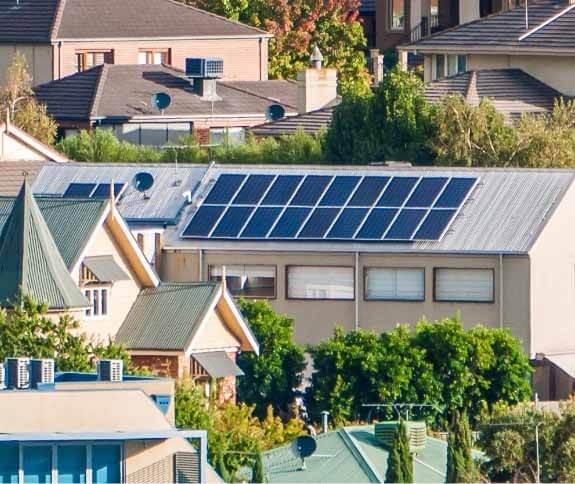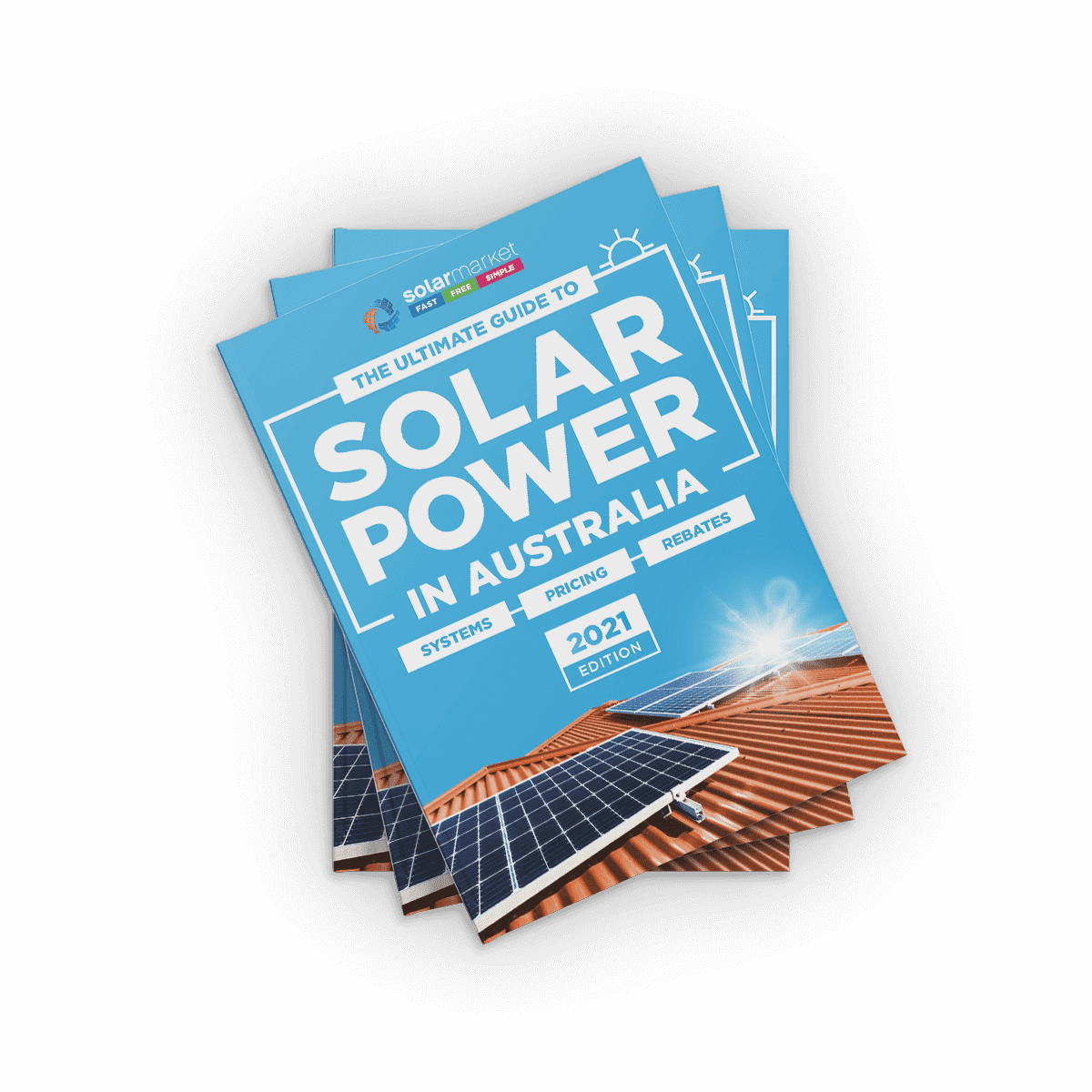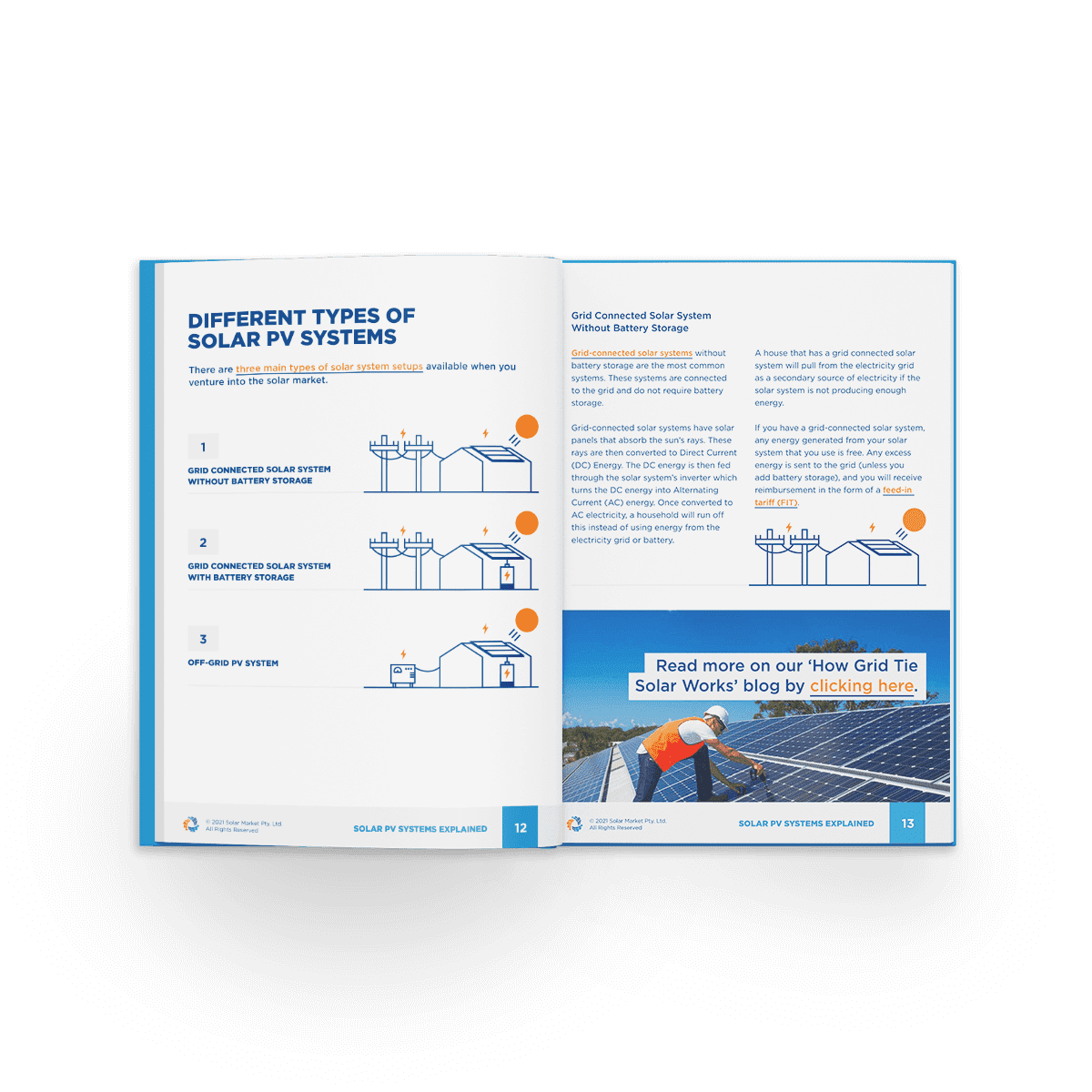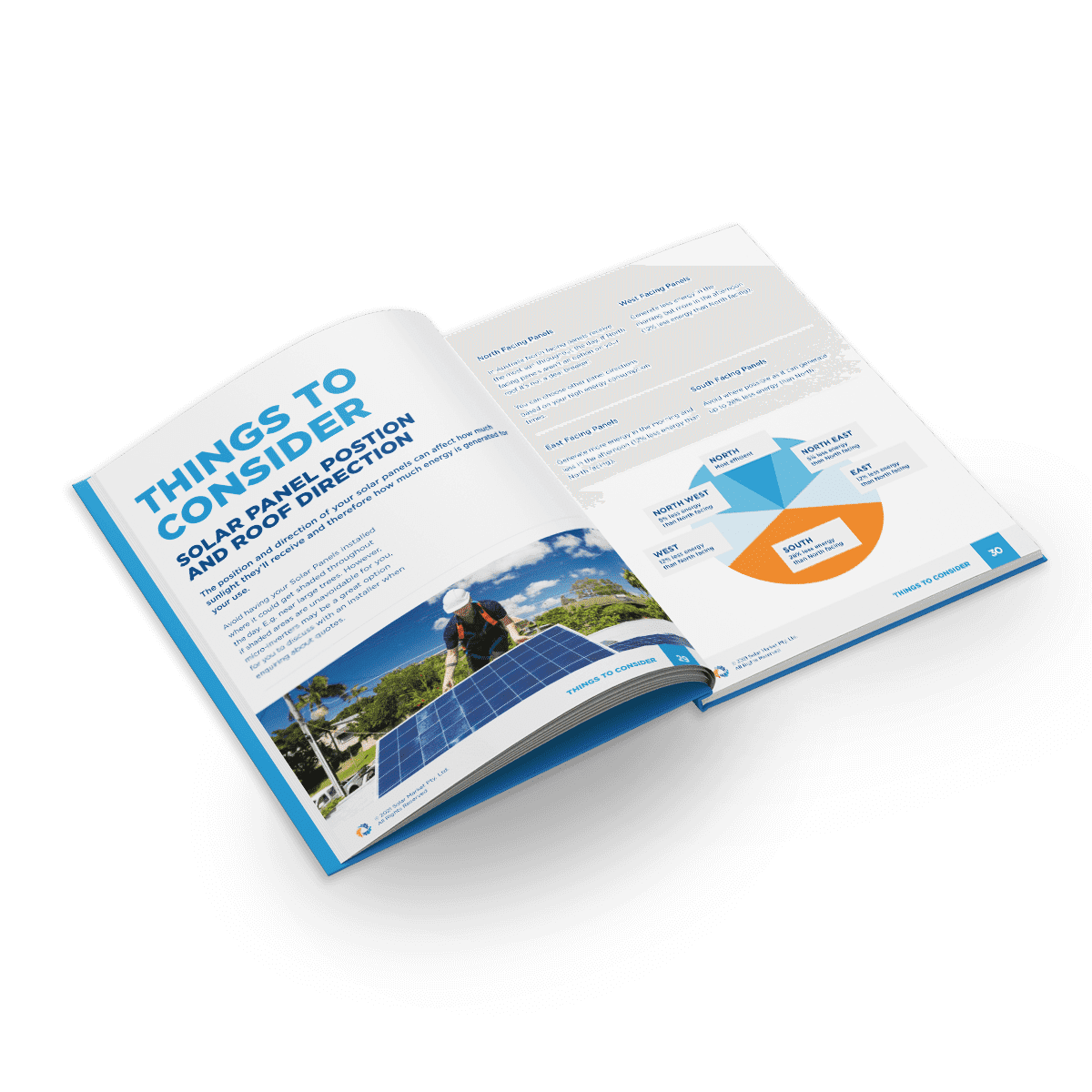What You Need to Know About Virtual Power Plants in Australia
Virtual Power Plants (VPPs) are emerging as a key part of Australia’s shift toward smarter, cleaner energy systems. Whether you’re exploring battery storage or simply want to understand how VPPs work, this guide explains the essentials — what they are, how they benefit you, and where they’re available.
What Is a Virtual Power Plant?
A Virtual Power Plant is a network of distributed energy resources (DERs)—typically home solar systems and battery storage—coordinated by a central operator via a cloud-based control system.
VPPs step in during times of high electricity demand, when wholesale energy prices spike. The VPP operator can discharge part or all of the stored battery energy into the grid to help stabilise it and reduce reliance on fossil fuels. In some cases, when demand is low and grid stability is at risk, the VPP can also instruct batteries to charge to absorb excess energy.
Key benefit: VPPs allow individual households to support the wider electricity grid while earning incentives — making home batteries more financially viable.
Why VPPs Matter
1. Grid Support with Clean Energy
By timing the release (or storage) of energy, VPPs help maintain grid stability using clean, distributed power.
2. Financial Rewards for Participants
In return for joining a VPP, homeowners might receive:
- An upfront discount on battery installation
- A higher solar feed-in tariff
- Or both
But there’s a trade-off: by participating, you cede partial control of your battery to a third party. That means the VPP operator decides when to charge or discharge your system based on grid needs, not necessarily your preferences.
Important: Always read the fine print. Some VPPs can be vague about how they calculate your returns or how much control you retain over your battery. Make sure the benefits are clearly explained and fair.
Where Are VPPs Available in Australia?
As of 2025, VPPs are available in most states and expanding fast. Programs differ by provider, battery compatibility, and government support.
South Australia
- Home to one of the world’s largest VPPs: the SA VPP (Tesla-based)
- Thousands of homes connected
- Strong state support and feed-in options
New South Wales
- Offers rebates under the Peak Demand Reduction Scheme
- $1,600–$2,400 off battery install
- Extra incentives for joining a VPP
Victoria
- Several programs with different benefits
- Compare plans for feed-in rates, export limits, and tech requirement
- Solar Victoria also offers interest-free solar battery loans of up to $8,800, helping more households afford a battery system — a key step toward becoming eligible for a VPP programme.
Queensland
- Growing VPP offerings, especially in South East QLD
- Solar and battery integration a focus for local retailers
Western Australia
- Project Jupiter launched in 2025: a $108M VPP rollout
- All new solar batteries must be VPP-ready by 2028
- Builds on the success of Project Symphony
For all the latest on Australian VPP developments, see our blog post: Virtual Power Plants in Australia 2025.
Check with your installer or energy retailer to see what’s available in your area — eligibility varies by postcode and provider.
Should You Join a Virtual Power Plant?
If you’re installing or already own a battery, a VPP could reduce costs or boost your energy savings.
Example: A Tesla Powerwall costs around $13,000 before installation. Some VPPs offer discounted pricing upfront, or pay out premium feed-in rates over time.
But it’s not a one-size-fits-all solution. Before signing up:
- Check if your battery is compatible
- Understand whether you’ll lose blackout backup
- Review how the VPP operator compensates you
Confirm if the arrangement fits your energy goals
Final Thoughts
Virtual Power Plants in Australia are a powerful way to make home batteries more affordable while supporting the national grid. And with the federal battery rebate launching on 1 July 2025 — covering up to 30% of battery system costs — it’s a great time to install a battery and become VPP-ready.
But remember: control, rewards, and flexibility vary between providers, so it’s important to:
Do your homework
Compare VPPs carefully
Look for transparent offers and terms











